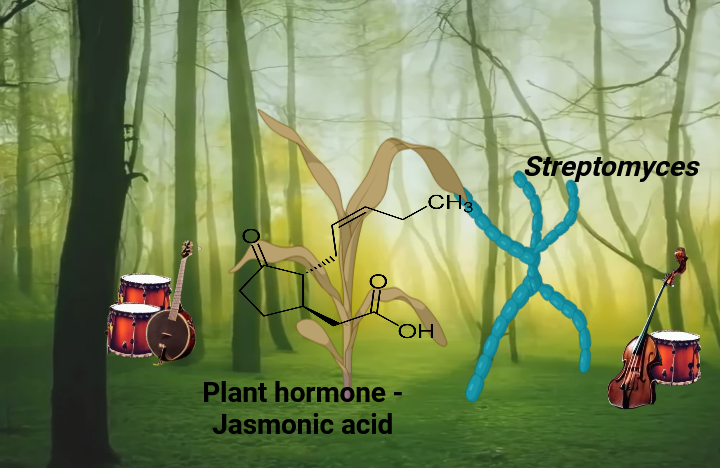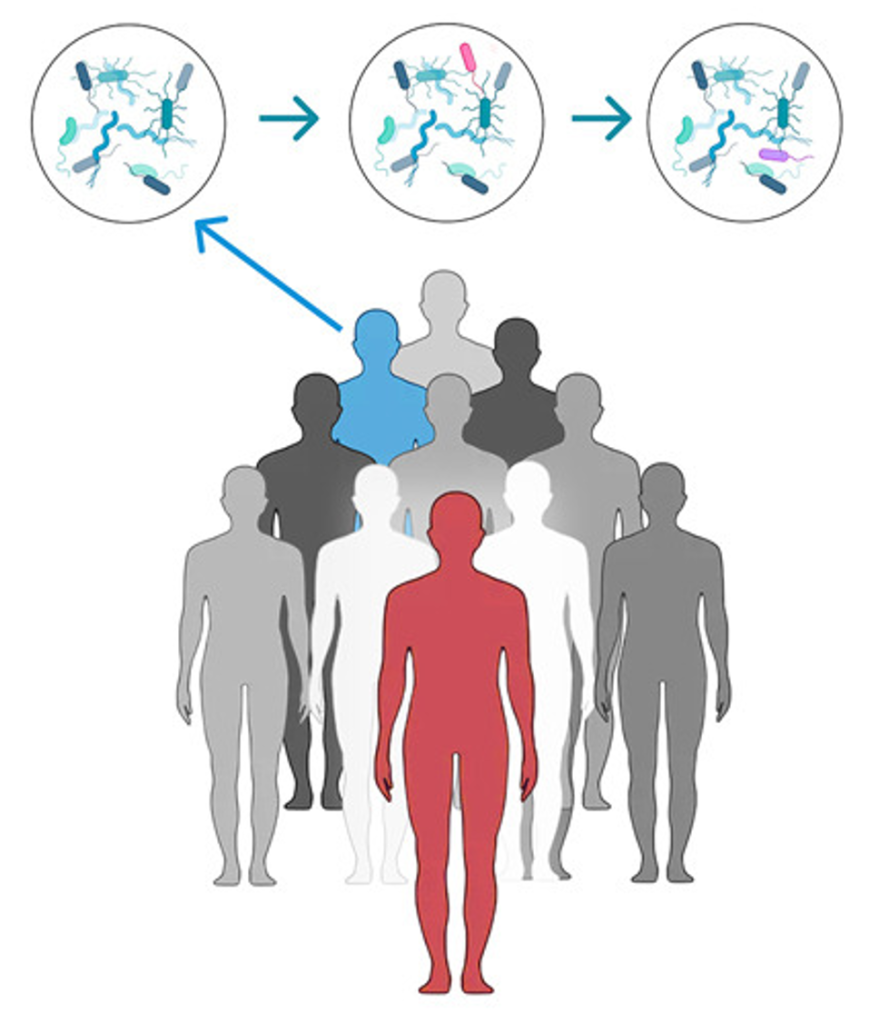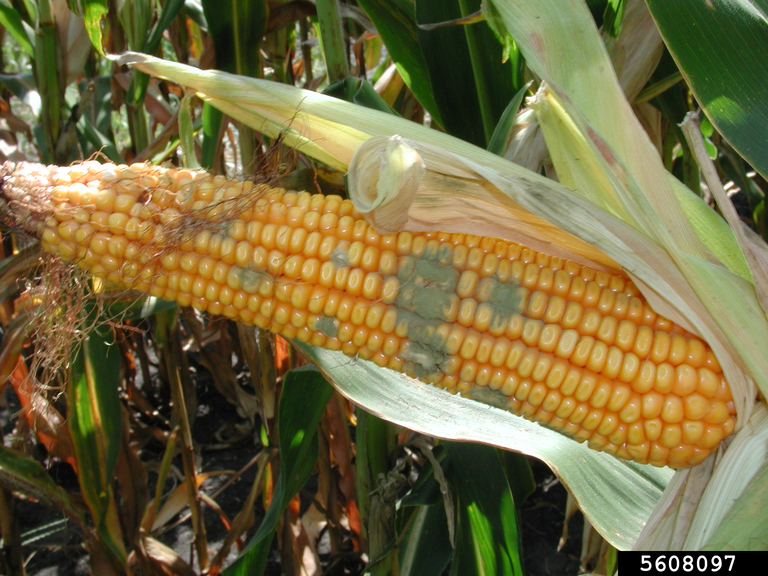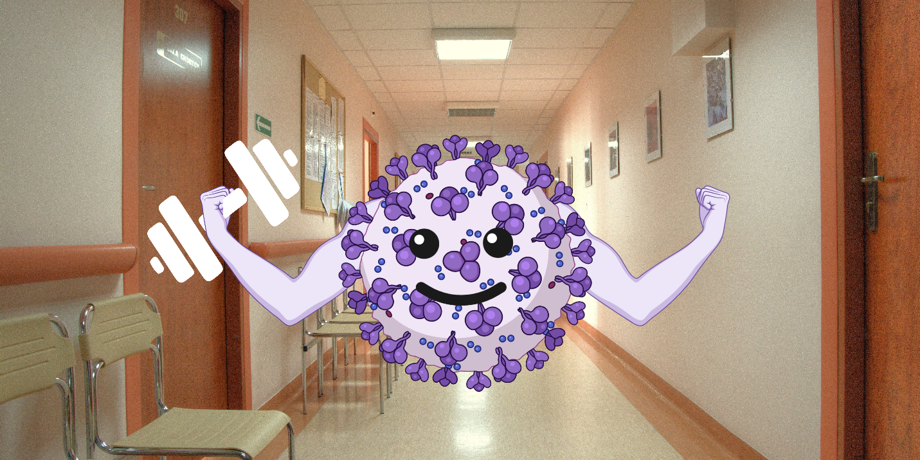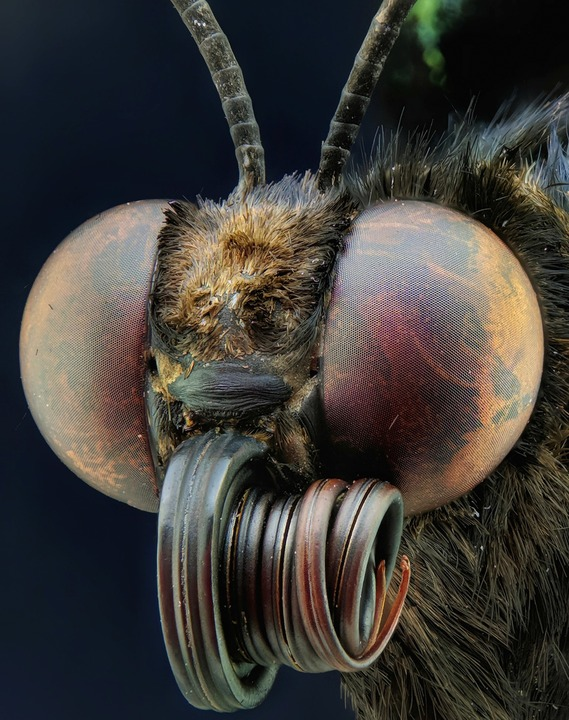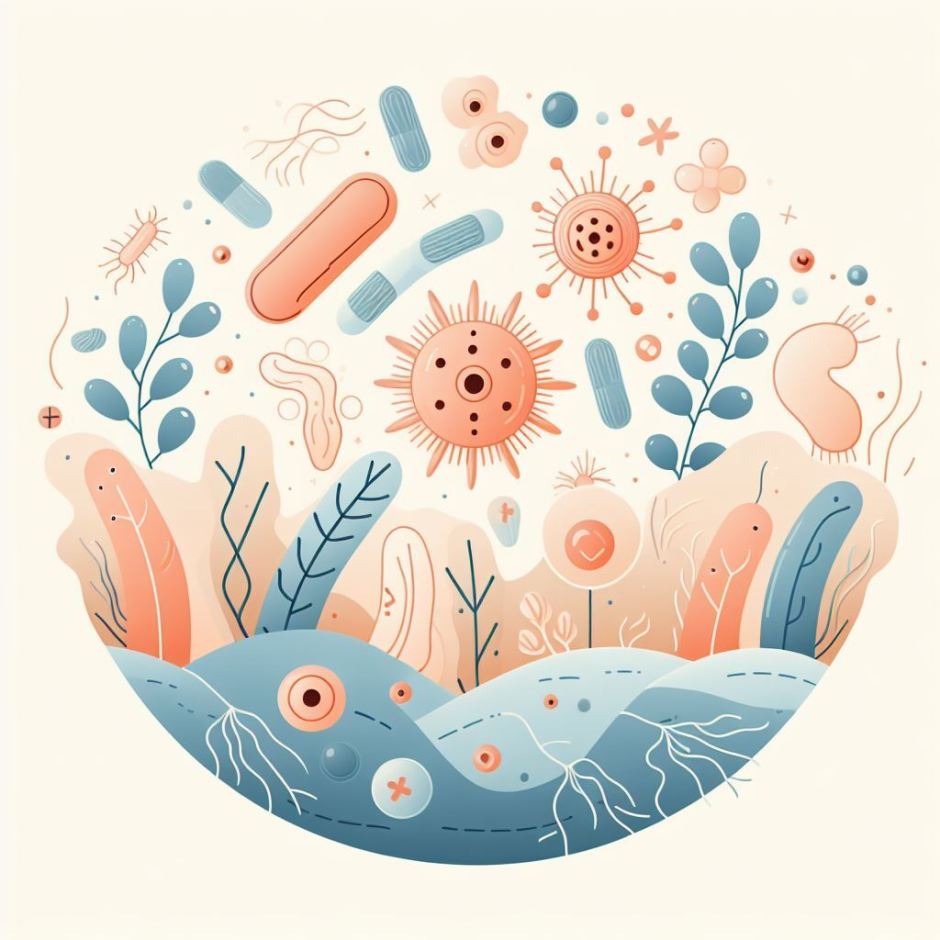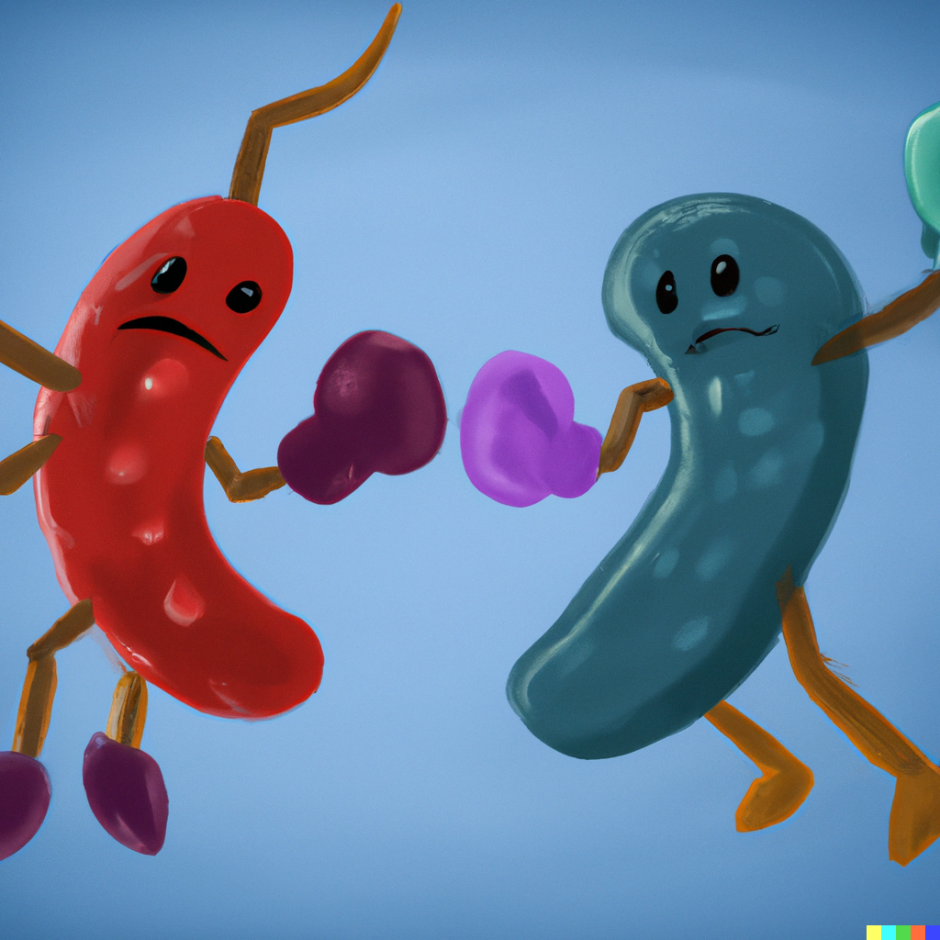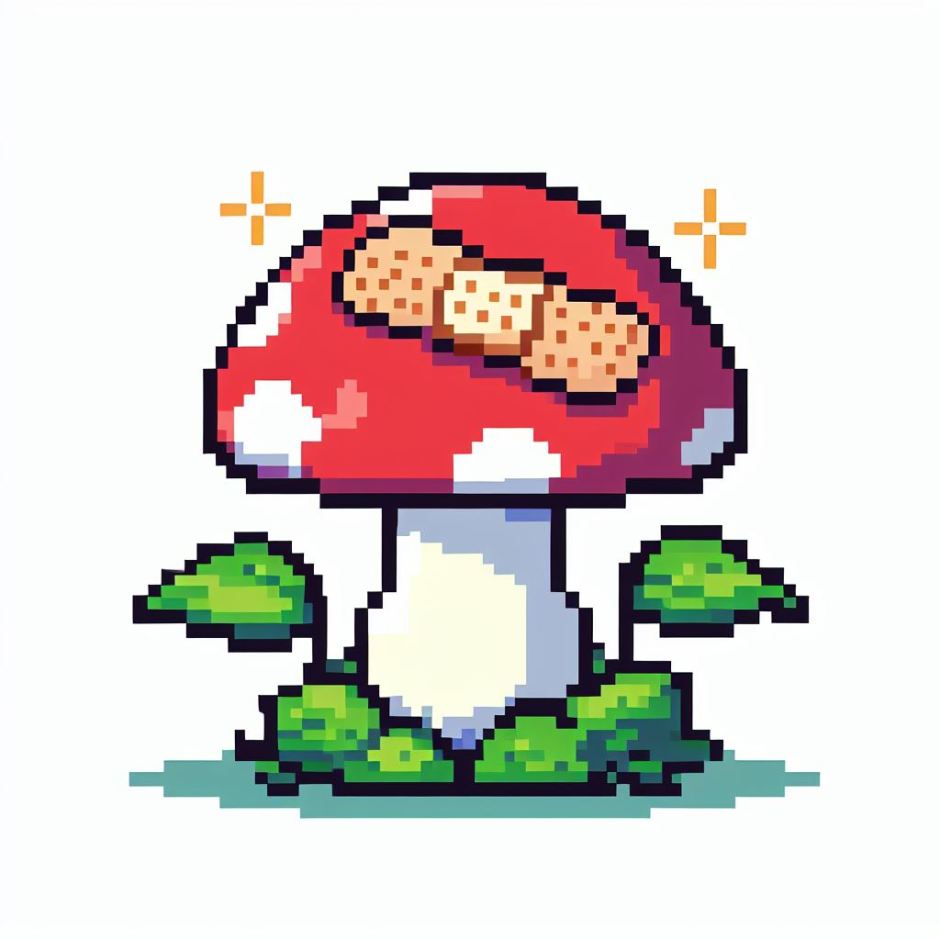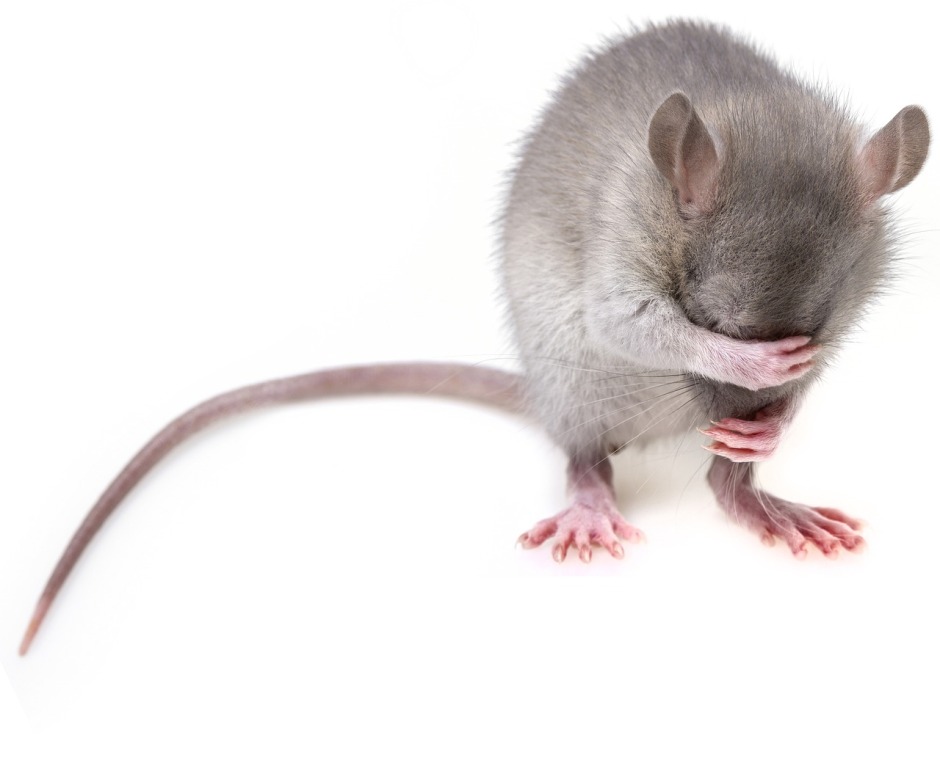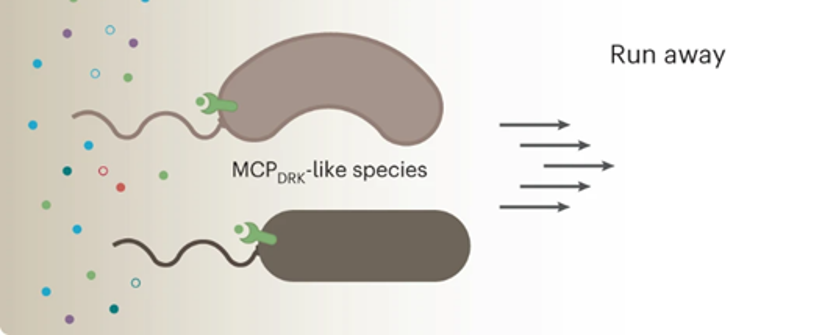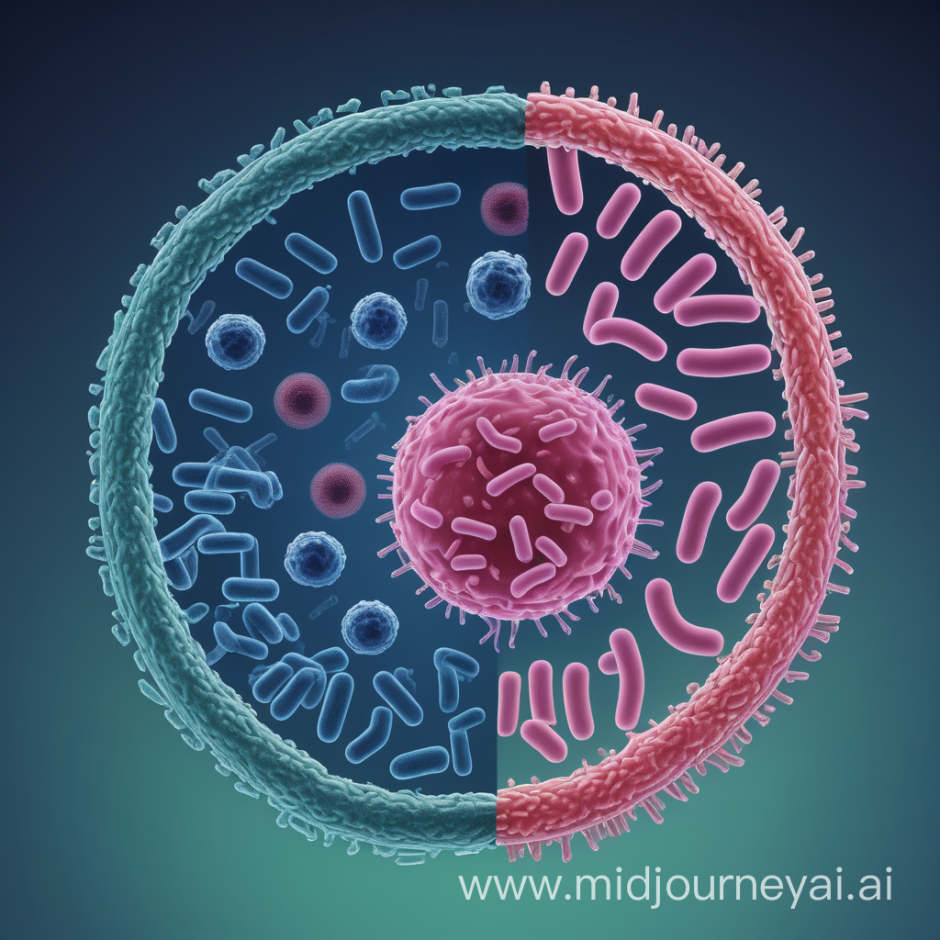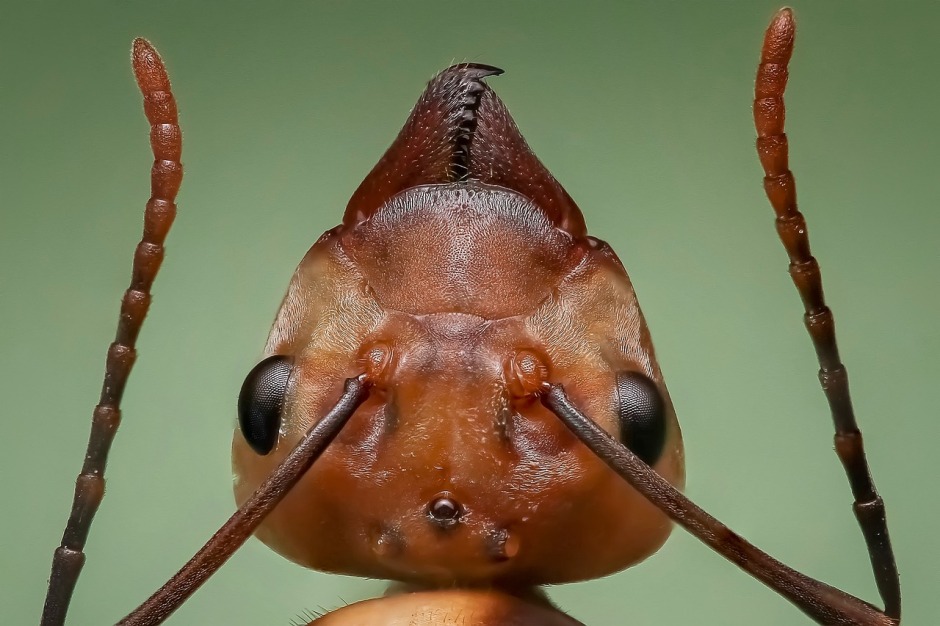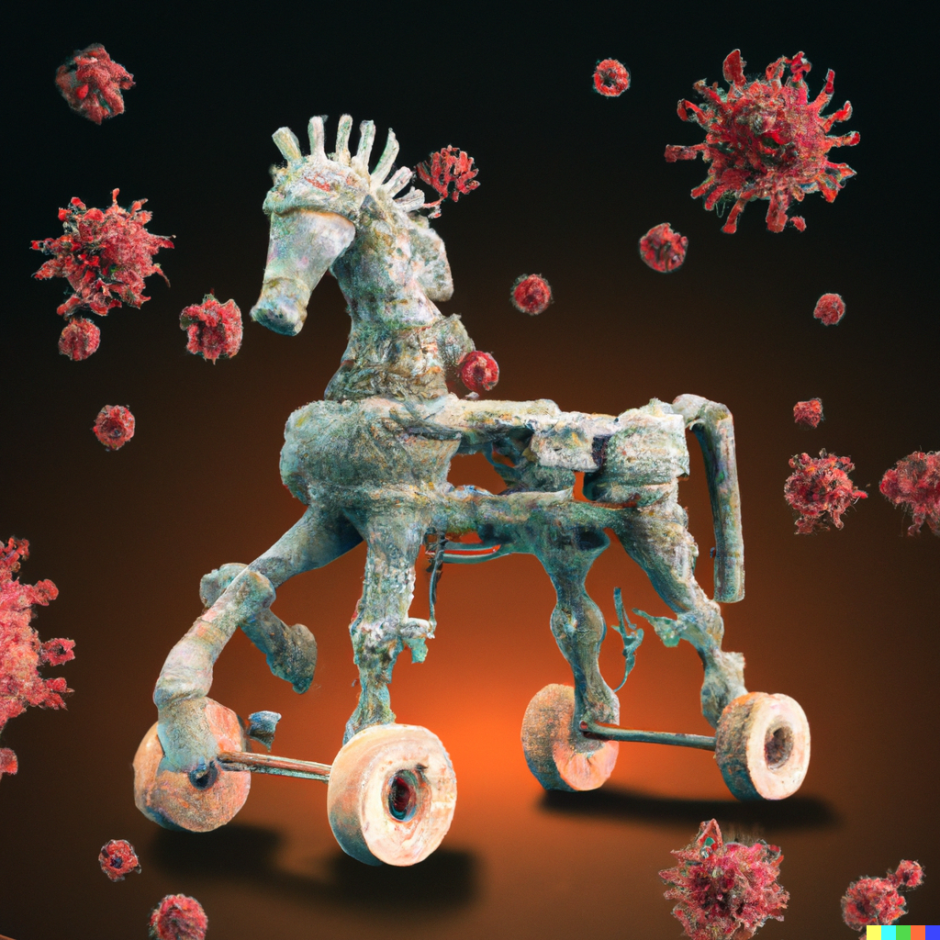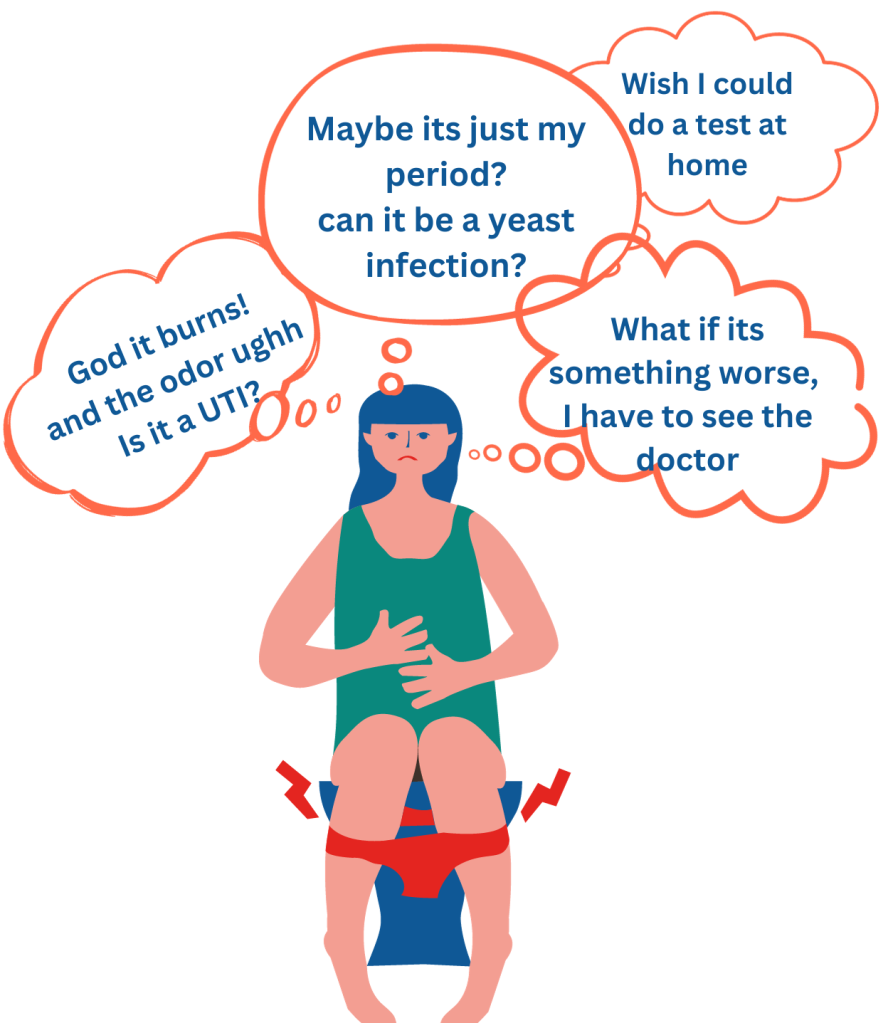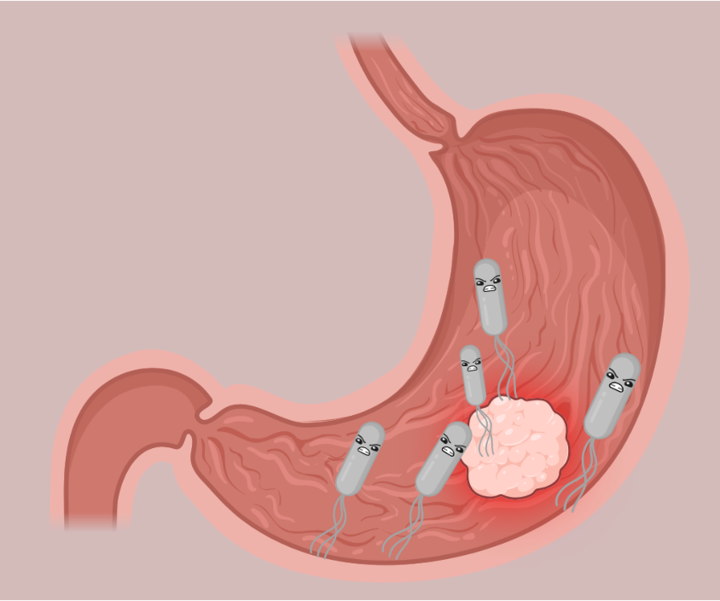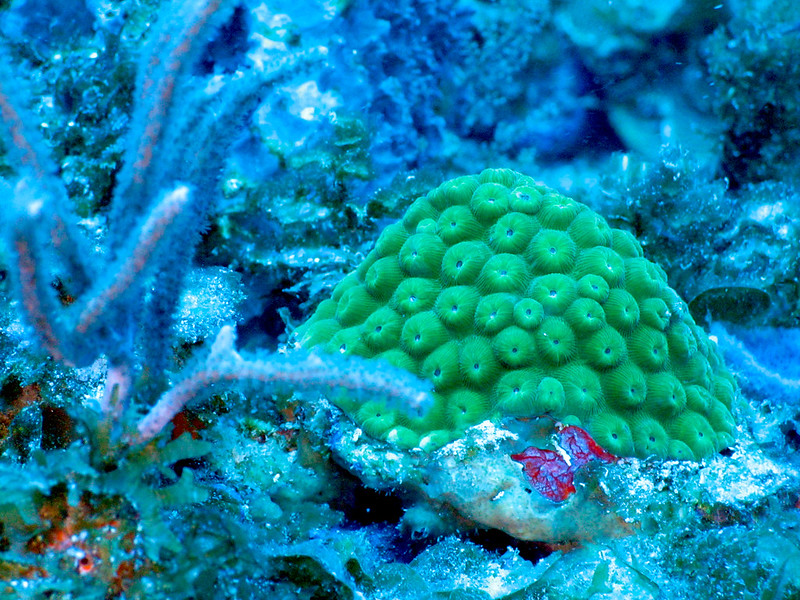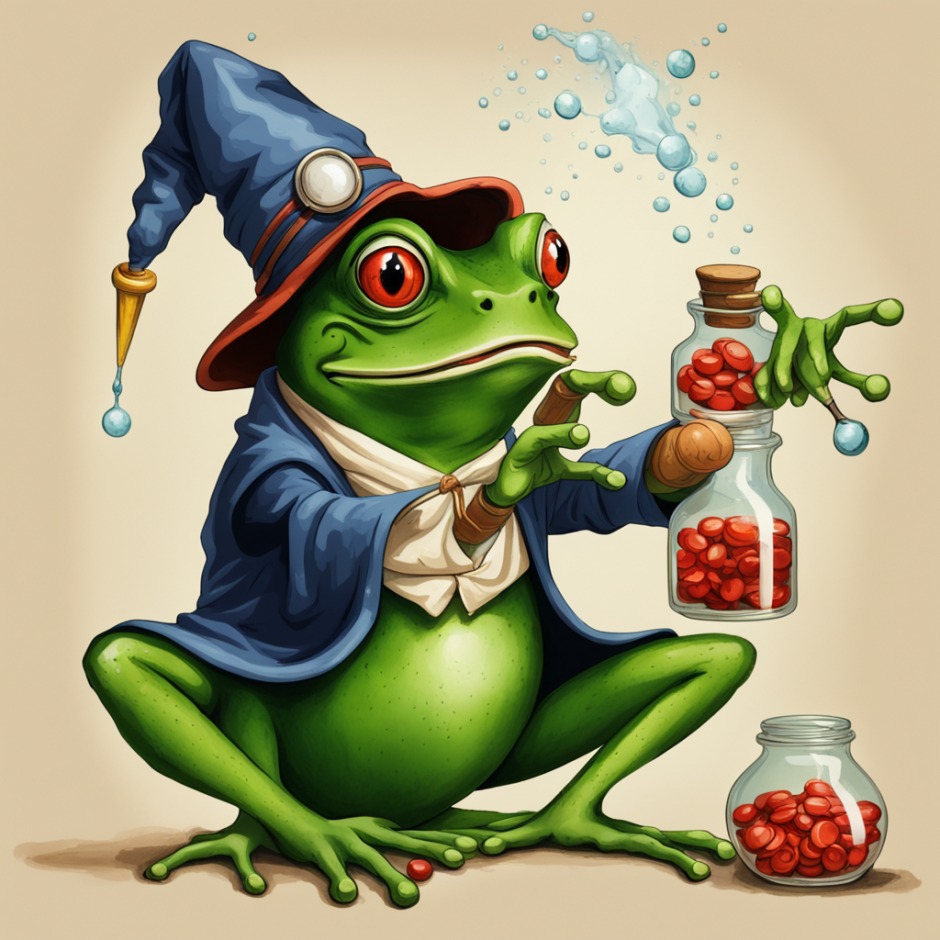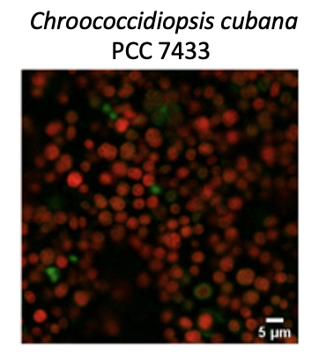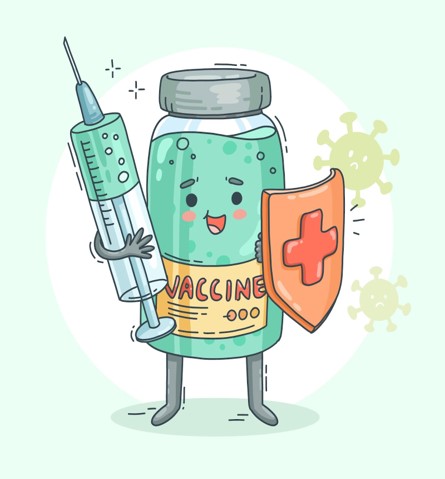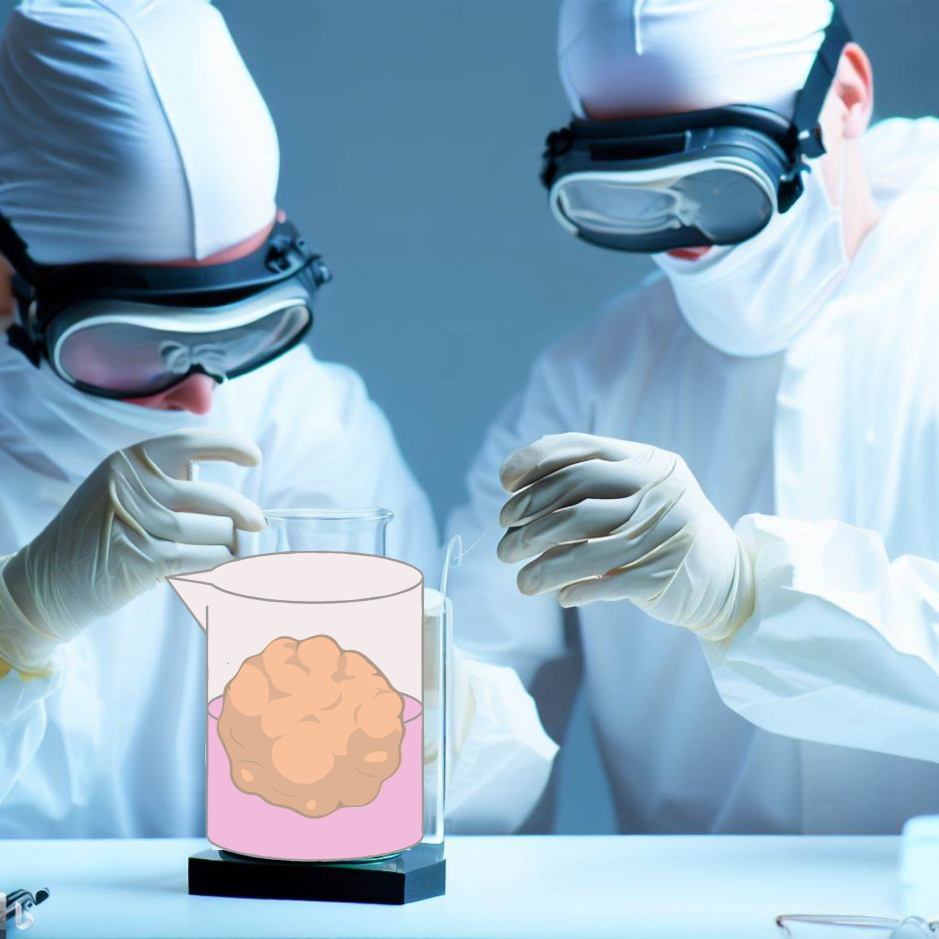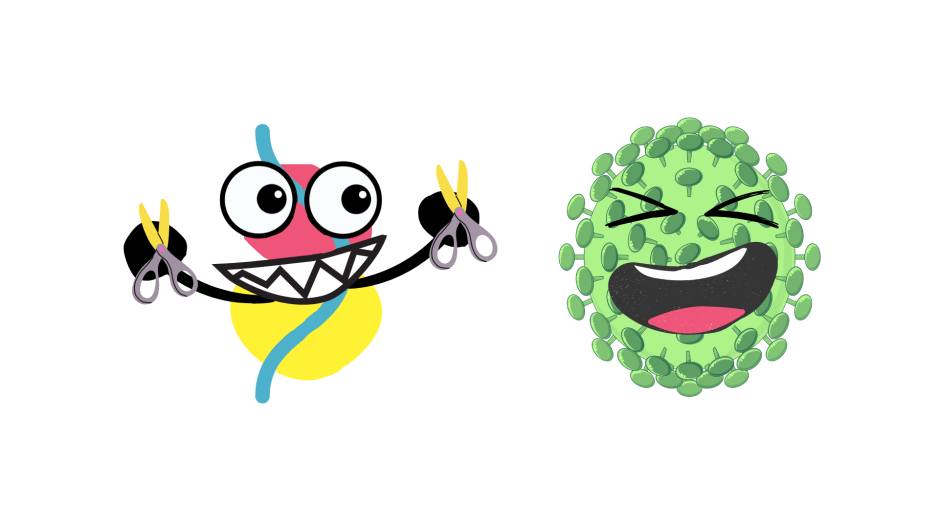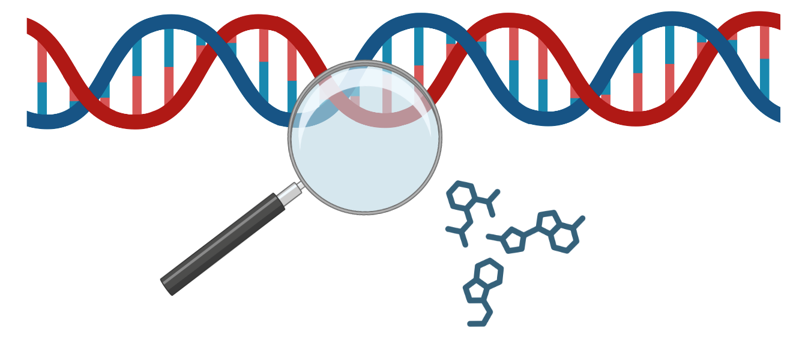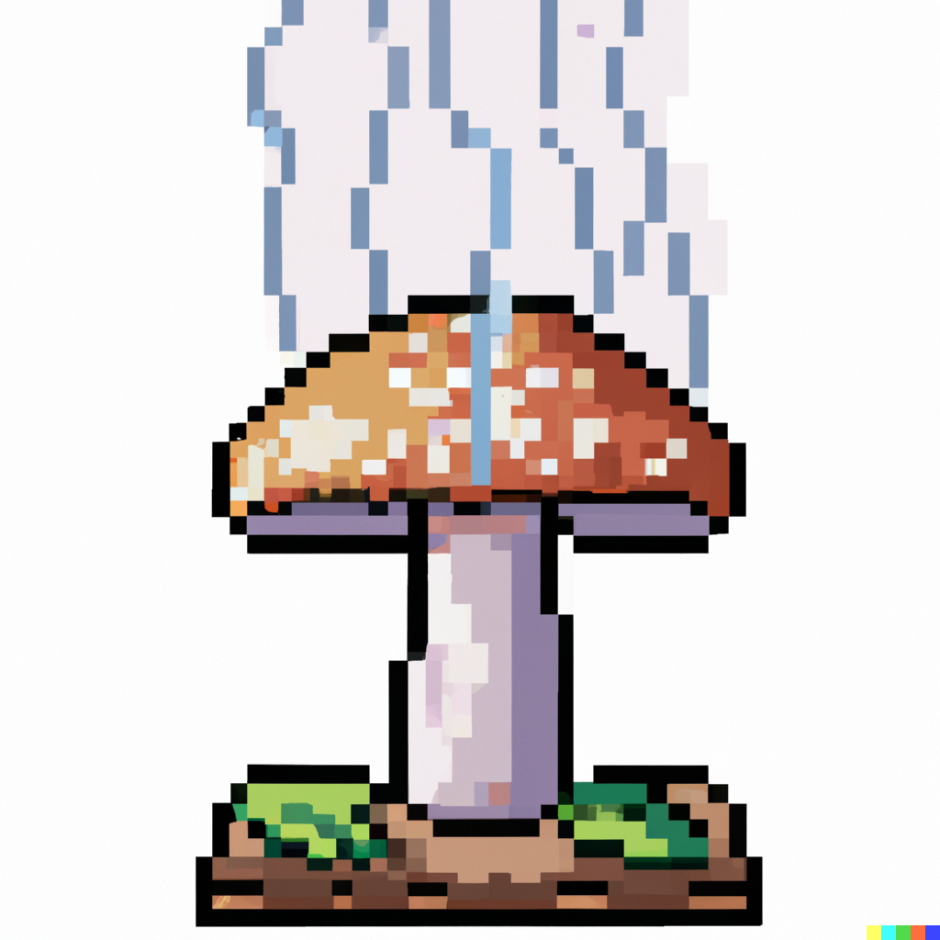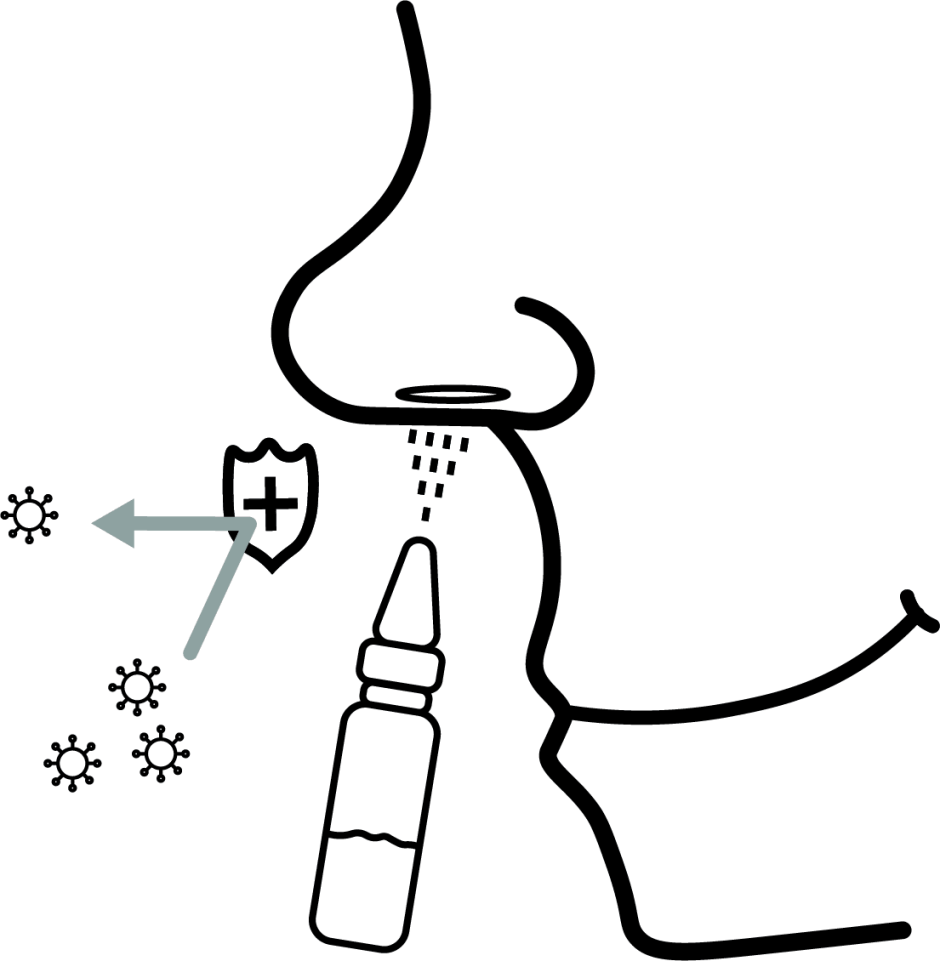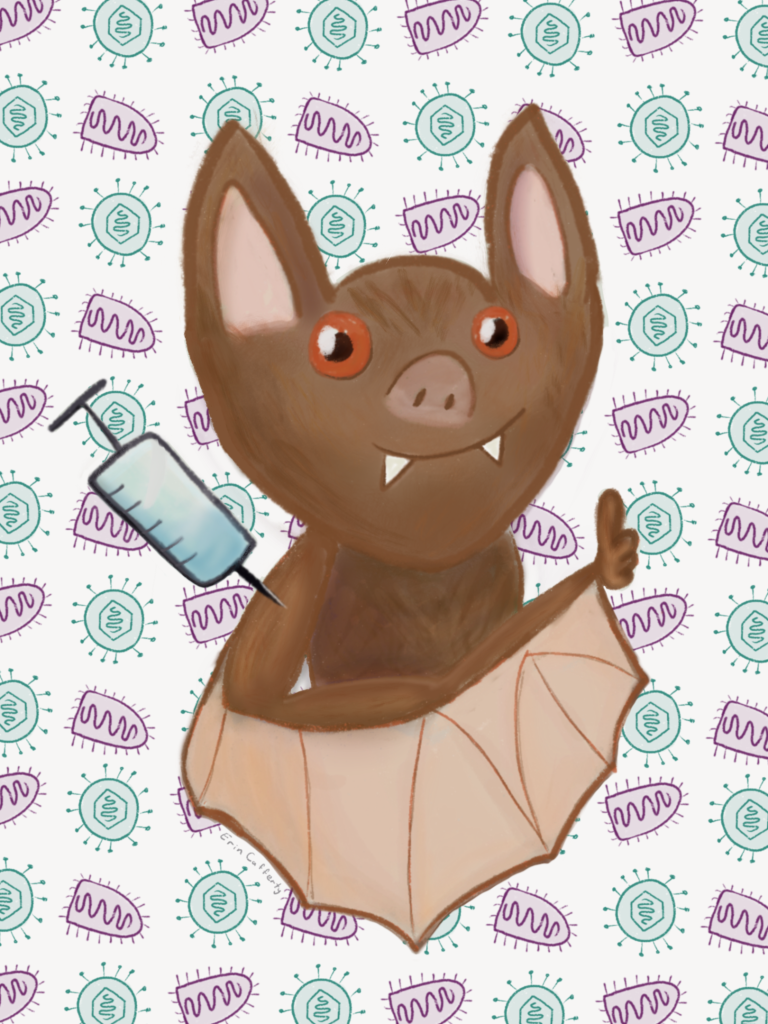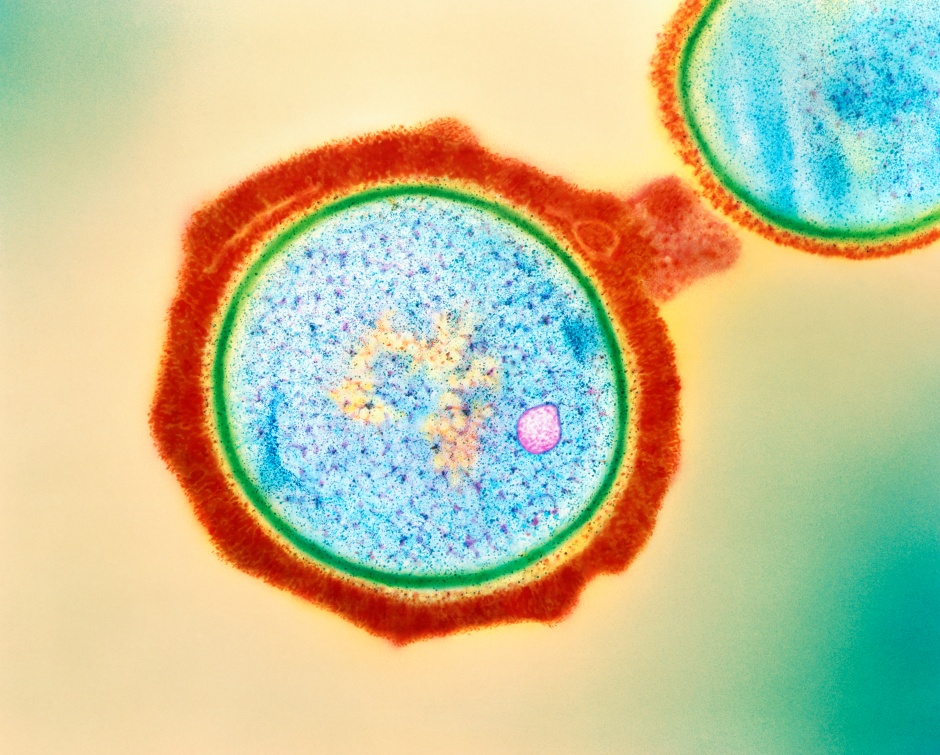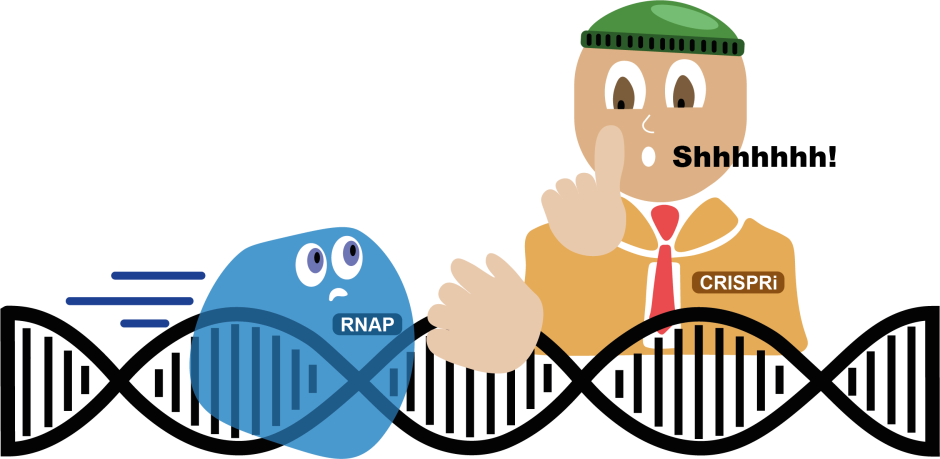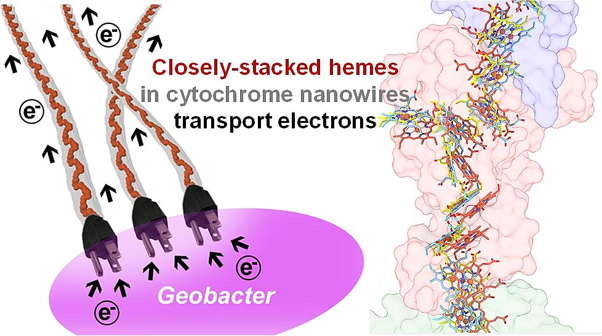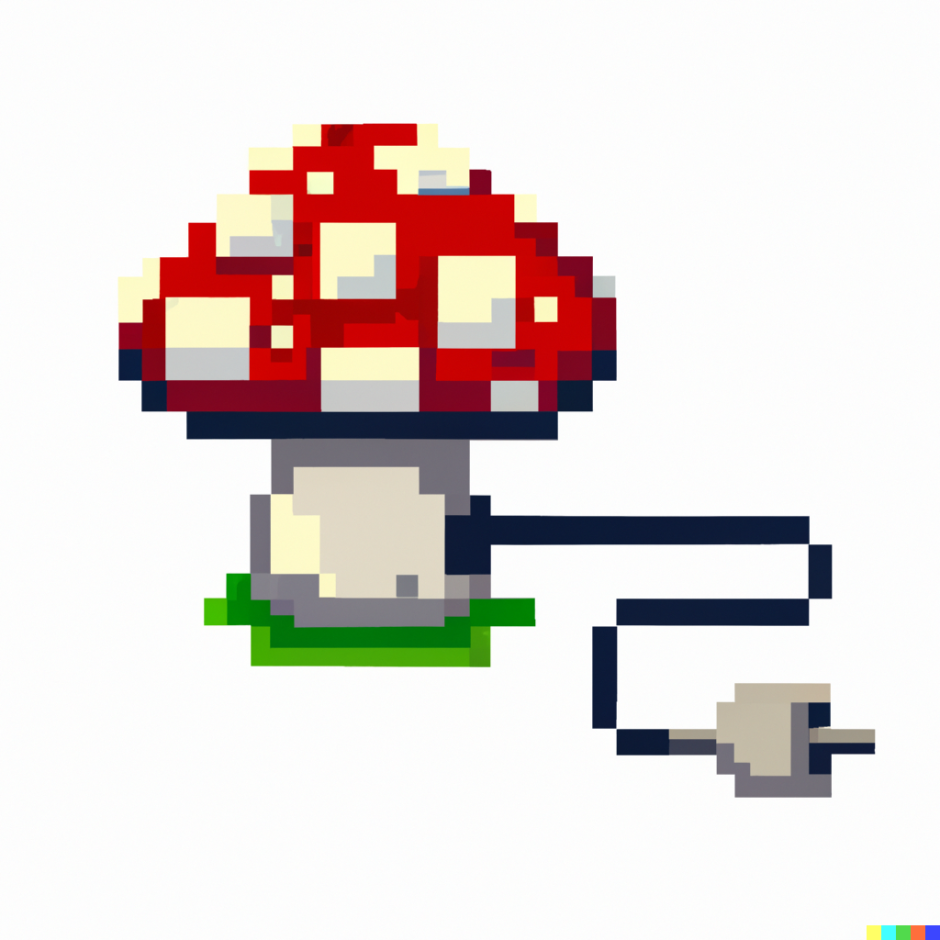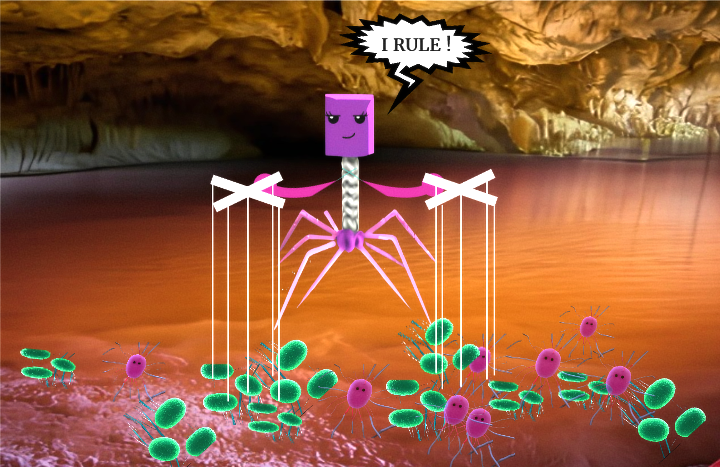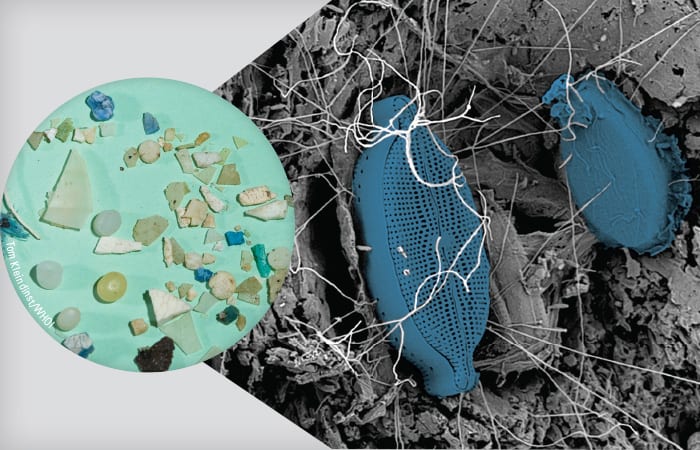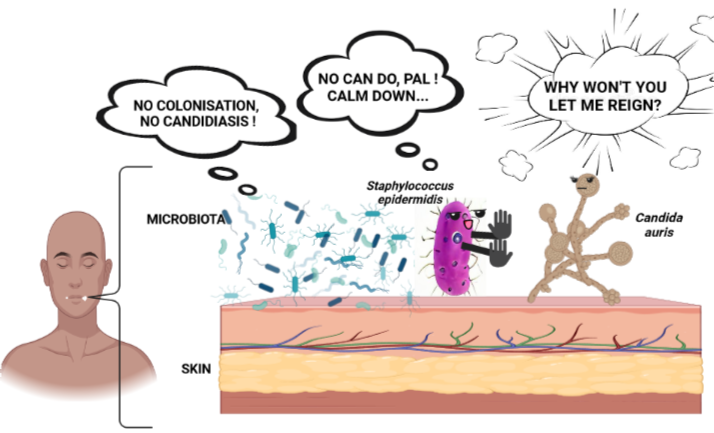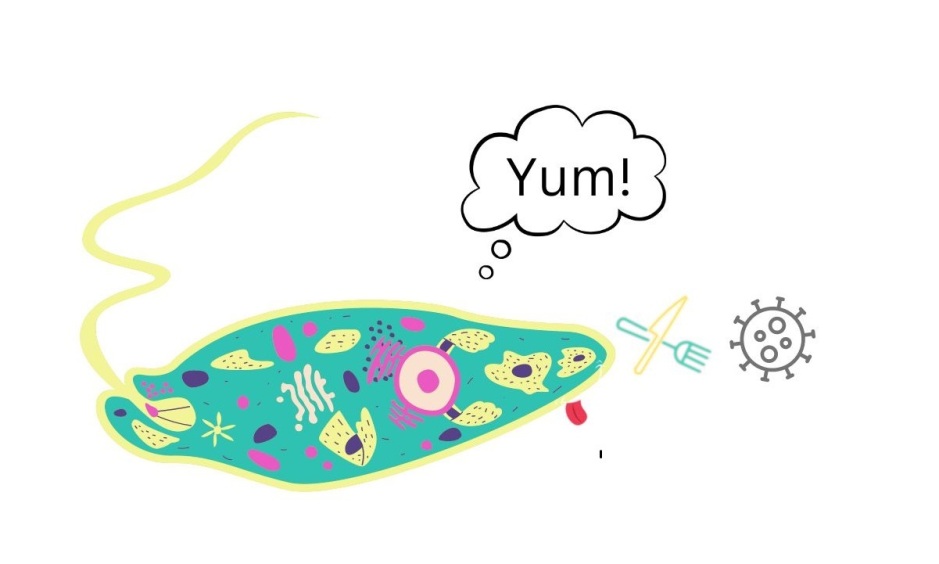
Breaking down the microbiology world one bite at a time
Botany tango: Saga of Jasmonic acid & Streptomyces
We live in an interconnected world, and so do microbes and the plants they interact with. Whether this interaction is positive or negative, these two beings are nonetheless influenced by each other and the environment they live in.
Environmental changes trigger stress responses in plants. And modulating the abiotic and biotic stresses is jasmonic acid, one of the non-classic plant hormones. This signaling molecule is additionally involved in physiological processes of the plant such as defense against predators (microbial pathogens and herbivorous insects), hormone balance of the said plant, and wound response.
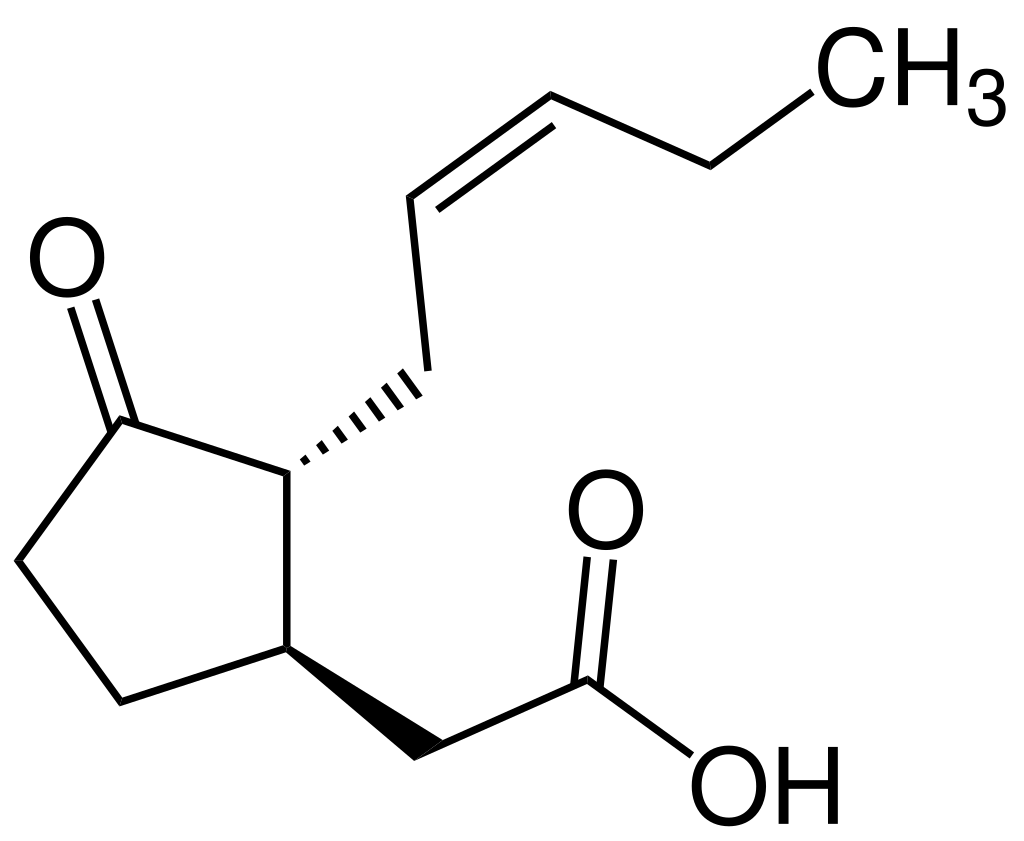
A recent research reveals how the jasmonic acid intimately influences Streptomyces — from growth to antibiotic production.
Streptomyces?
Streptomyces form part of the microbial group, actinobacteria. They are Gram positive, versatile, and can be found in an array of various locations including soil, fresh water and saline environments. Beyond their popularity as antibiotic producers, they are also known for their role in plant defense.
Plant-microbe interactions
Streptomyces occupy the soil and phyllosphere spaces of plants. They interact with the latter, protecting them, and produce beneficial metabolites such as antibiotics, siderophores, and plant hormones.
What about the plants? Well, they stimulate co-operative interactions with surrounding microbes. In fact, their very immune system influences microbial assembly and structure. For example, plants treated with methyl jasmonate exhibit altered root microbiota, especially the beneficial soil microbiome biofilms.
Such influence of a plant on surrounding microbial life is commendable. Researchers of this study tuned into the influence of jasmonic acid (the plant hormone henceforth dubbed JA) over mainly 2 Streptomyces strains that they knew responsive to the plant hormone: S. coelicolor and S.roseifaciens. And here’s what they unearthed…
The findings
Plant-associated Streptomyces had altered metabolism, particularly regarding its growth and antibiotic production, in response to the hormone. The study found the following—
Effect on metabolism
At low levels (0.5 mM) of the plant stress hormone, the Streptomyces isolates had higher antimicrobial activity towards Bacillus subtilis, and were themselves significantly inhibited at higher levels (5mM) of jasmonic acid. JA does not directly sensitize B. subtilis, therefore this observation was linked to the actinobacteria being the trigger.
S. coelicolor
S. coelicolor exposed to JA had accelerated development, premature germination, and enhanced antibiotic induction. On minimal media + methyl jasmonate, blue color seen indicates actinorhodin (antibiotic that acts against Gram-positive bacteria), and later colonies turn gray with sporulation. In broths with JA, mycelial mass display enhanced red pigmentation, assumed as prodiginine.
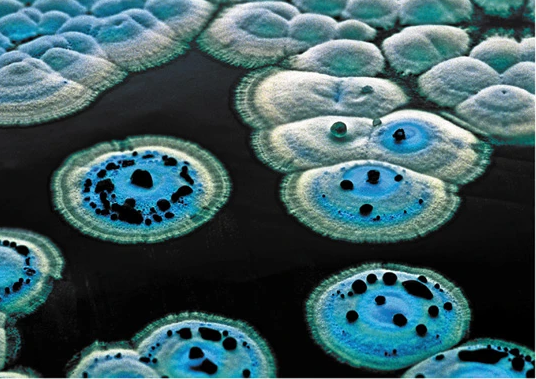
S. roseifaciens
S. roseifaciens had antimicrobial activity on media with 0.5 mM JA, but not with methyl jasmonate. Red pigmentation seen in minimal media with JA by 6h was eventually replaced by yellowing colonies with time. Under light microscope, the yellow S. roseifaciens had its hyphae producing shorter branched bundles than the parent specimen. Briefly, S. roseifaciens eventually adapted to the hormone, desensitizing itself to it.
As seen, the response to the plant hormone and its derivatives varied among different Streptomycetes. For us, this means new areas of research in the application of plant hormones to elicit antibiotic production in Streptomyces.
Combining with amino acids:
In plants, JA conjugates (combines with) with amino acids like Ile, Leu, Val, Ala, Tyr, and Phe for its signaling pathway. For example, volatile organic compounds emitted consequently activate defense mechanisms in neighboring plants. This circles back to the characteristic nature of jasmonic acid in plant defense against pathogenesis and herbivorous arthropods through cell signaling pathways.
For the actinobacteria, amino acid conjugation is a protective strategy against the plant hormone. This survival strategy stems from reduced toxicity through amino acid conjugation with JA. To illustrate this, researchers prepared JA- Gln (Jasmonic acid- Glutamine) via organic synthesis and added it to MM with 5mM JA (concentration which inhibits growth). They found that glutamine conjugation surprisingly circumvented the JA toxicity in S. roseifaciens.
But is bacterial conjugation of amino acid indeed so beneficial?
To test this, S. roseifaciens exposed to 0.5 mM JA and JA-Gln were analyzed for antibiotic production. JA-Gln failed to enhance antibiotic production against B. subtilis, but JA on its own did stimulate. Therefore amino acid- conjugation most likely negatively affects the actinobacteria’s metabolism of antibiotic production.

The impact
This work uncovers many findings that go beyond the lab. For instance, Streptomyces as a potent antibiotic producer is a valuable asset to us. Understanding its intimate responses facilitates antibiotic harvesting.
While jasmonic acid hinders the actinobacteria at higher levels, the latter counterfeit this by conjugating with amino acids. Understanding this cat- and -mouse play between plants and Streptomyces shows the complex interconnected dynamics between the 2 organisms. This work can further be applied for pest control and in areas of plant pathology, boosting plant health and defense, and encouraging general eco-friendly sustainable agricultural practices.
Link to the original post: van der Meij, A., Elsayed, S. S., Du, C., Willemse, J., Wood, T. M., Martin, N. I., … & van Wezel, G. P. (2023). The plant stress hormone jasmonic acid evokes defensive responses in streptomycetes. Applied and Environmental Microbiology, e01239-23. DOI: https://doi.org/10.1128/aem.01239-23
Featured image: Original image by Tejaswini Petkar (author) using wikipedia.org, biorender.com & craiyon.com.
